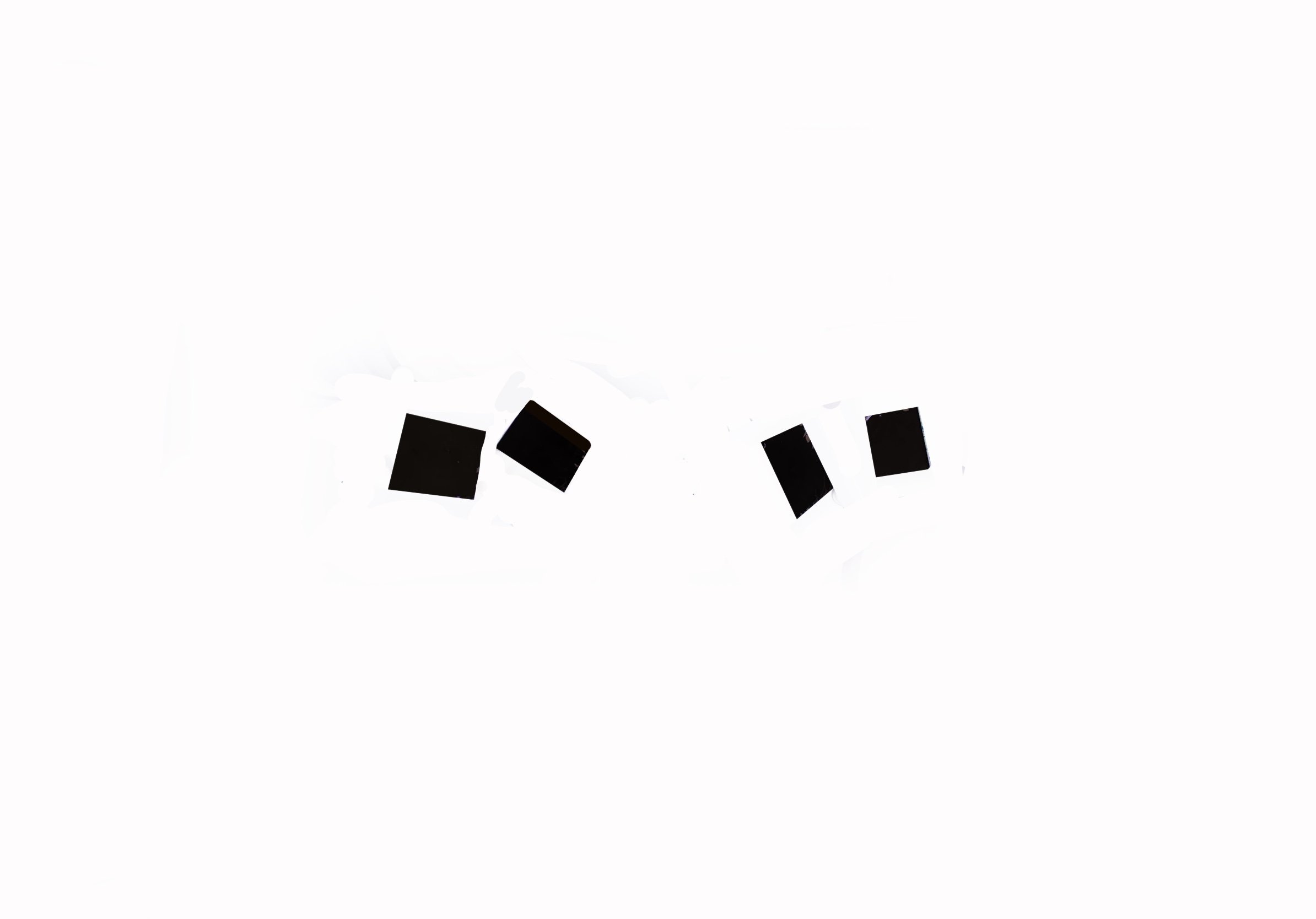—————————————————————————————
The idea of painting the
Inner Landscape
boils down to this one idea that I have noticed
The more I search internally
(through trauma work, journaling, meditation, and therapy)
the greater my success and understanding of painting
And to be completely honest
the searching and painting of the external landscape en plein air
really has felt like
therapy
where my
therapist
consistently draws connections from
the sweeping vistas
maze of trees
epic skies
back to what is happening
inside of
Me
Now good people may I present
Exhibit A
4 gessoed panels in the sun
The 4 panels
would be the whitest a painting could be
if I was painting as close to reality as possible
essentially
white
right out the tube
Now lets try the opposite
Exhibit B
4 black panels
4 panels
that if painted in a realistic way
would be using
black
paint right out the tube
It is so interesting the separate and distinct feelings that even just these two images evoke in me
it is visceral
The scene isn’t that interesting but
dang
I feel like I am
pulled
towards the
black
panels
Invited
into
four
different doorways
that lead to
4
new worlds
mysterious and alluring
Exhibit A
My body reacts almost entirely different
How those intense vibrant panels are pushing me away
four huge flat hands telling me to halt and head back from whence I came
Brrr
Shivers
Now
here are the images outside of a representational context
Reduced to its
Notan
(A Japanese concept originally, you should google it)
the rhythmic composition of
Black and White
Exhibit C
Notan #1 White on Black
And it’s opposite
Exhibit D
Notan #2 Black on white
How do these two images effect you?
What are your first impressions?
Is there movement?
Are you feeling happy or sad?
Which is more striking?
Take note
really search
within
find even the smallest
nuance
or
difference
The first reaction to an image
or scene
happens within
the first few seconds
If you need to take a break and come back to
look again
we want that gut reaction
having viewed
and gathered
the
emotional data
of your response
know that
in your
response
is the key to
Your
inner landscape
to what makes
you
tick
Exhibit C & Exhibit D
are the way we understand the world
at its most foundational
I walk out into the world
the first bit of information that my eyes gather
are these
Black and white
simple shapes
our physiology is set up
in this way
an evolutionary trait
that was designed to keep our ancestors
safe
in an uncertain
world
I feel like
Jay Moore
explained this to me first during my mentorship
Here is a technical article on the
physiology
Rods in the eye see Black and white, they are located in a way that are designed to work best in dim light and with the special ability to catch movement in the periphery. There are about 120 million of them.
Cones in the eye see colour and straight ahead detail. The Focusing part of the eye. There about 5 million per eye.
the rods
seeing in
black and white
are attached to our
fight
or
flight
response
The ancient part of us that was used to
protect us from
danger
keeping a watchful eye on our surroundings in low light situations
It is what we react to
first
it is the part of us that stops us
just in time
or
causes us to move quickly
without any cognitive thought
This type vision
is attached to our most
animalistic fears
and
desires.
This point is the clincher for me
as I set up to paint
beginning my thumbnails
I search the scene for
black and white shapes
intentionally
Viewing the fodder for painting
with a side glance
on the periphery
of my
field of vision
I have found honing this visual response and being able to view almost completely and continuously in this mindset
allows me
to view the world
through my most
foundational lens
my base fear
and
desires
are what I am reacting to
I scan my surroundings and
take note
my mind
ranks the importance of the information coming in
a hierarchy based
on what
I
fear/desire
the most
the visual data I accumulate
ascribed to my own emotion and bias
this is what drawing and painting does
It is the forming of an artist’s
visual voice
I am gathering data on how simple shapes of light and dark effect me
I am equating my foundational fears and desires and the emotions attached to them to the visual markers that initiated them
White squares on black
or
black squares on white
and the emotions they evoke
Now
the painting or drawing has my unique voice
interwoven with each mark
the more I progress
the more my visual language grows
and
the more uniquely me the image Becomes
What I desire or fear the most generally gets the most attention
the same goes to the painting or drawing
for example:
Drawing a tiger
in the wild
what do I focus on
the stripes
the teeth
the eyes
the threat?
The same goes for a misty valley
Or a beautiful face or
a car crash
what do I focus upon
What gets my attention
It is in these drawings and paintings that I can see what i fear and desire the most
what am I emphasizing?
what am I downplaying?
the answers
to who I am
as a person
can be found in the lines and strokes, colours and shapes, of my creation
and at the same time
my
visual voice
becomes
raw
honest
visceral
A signature that is inexorably tied to
my
self




